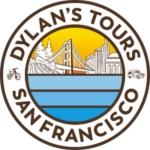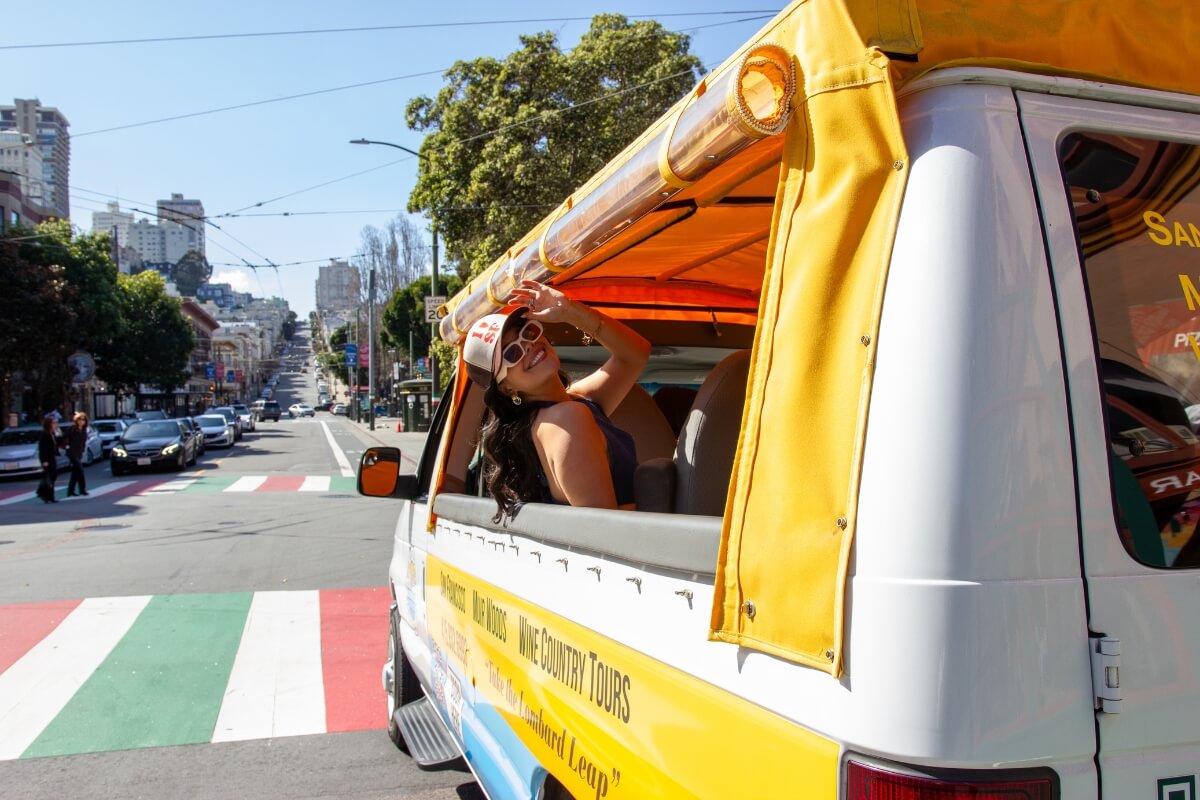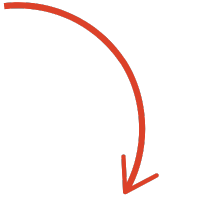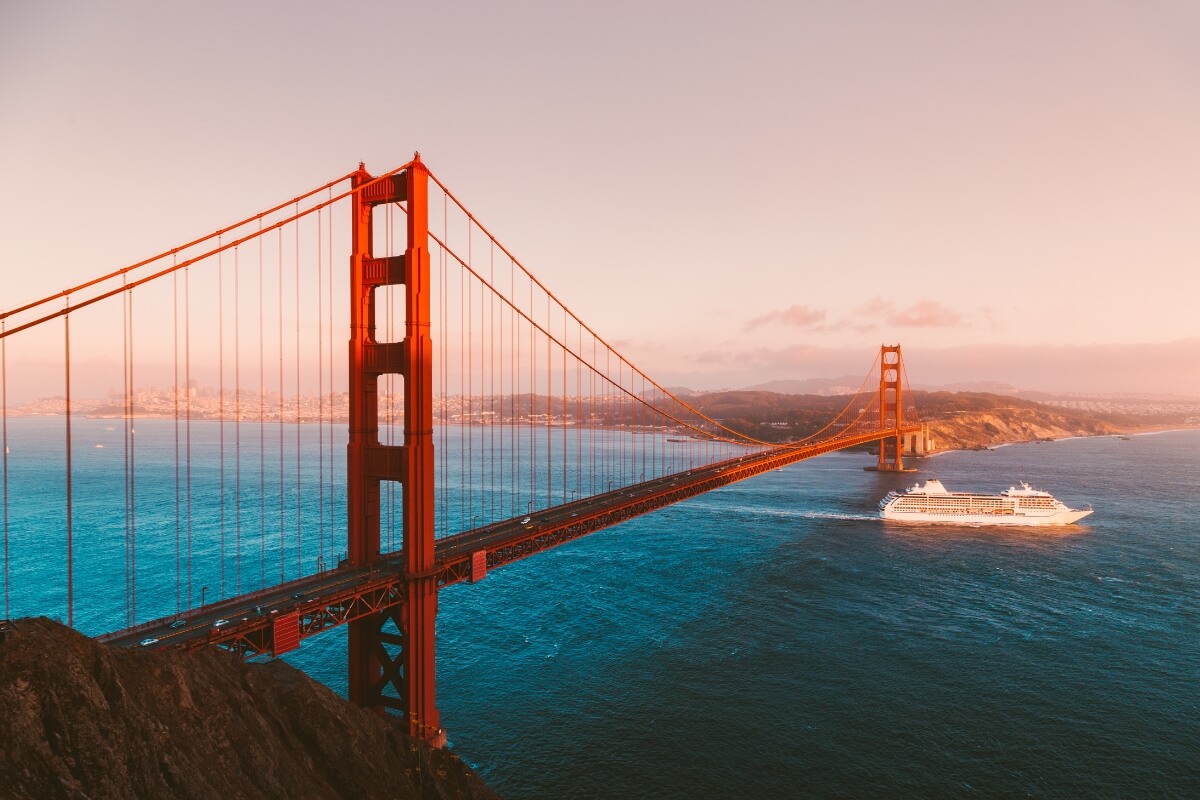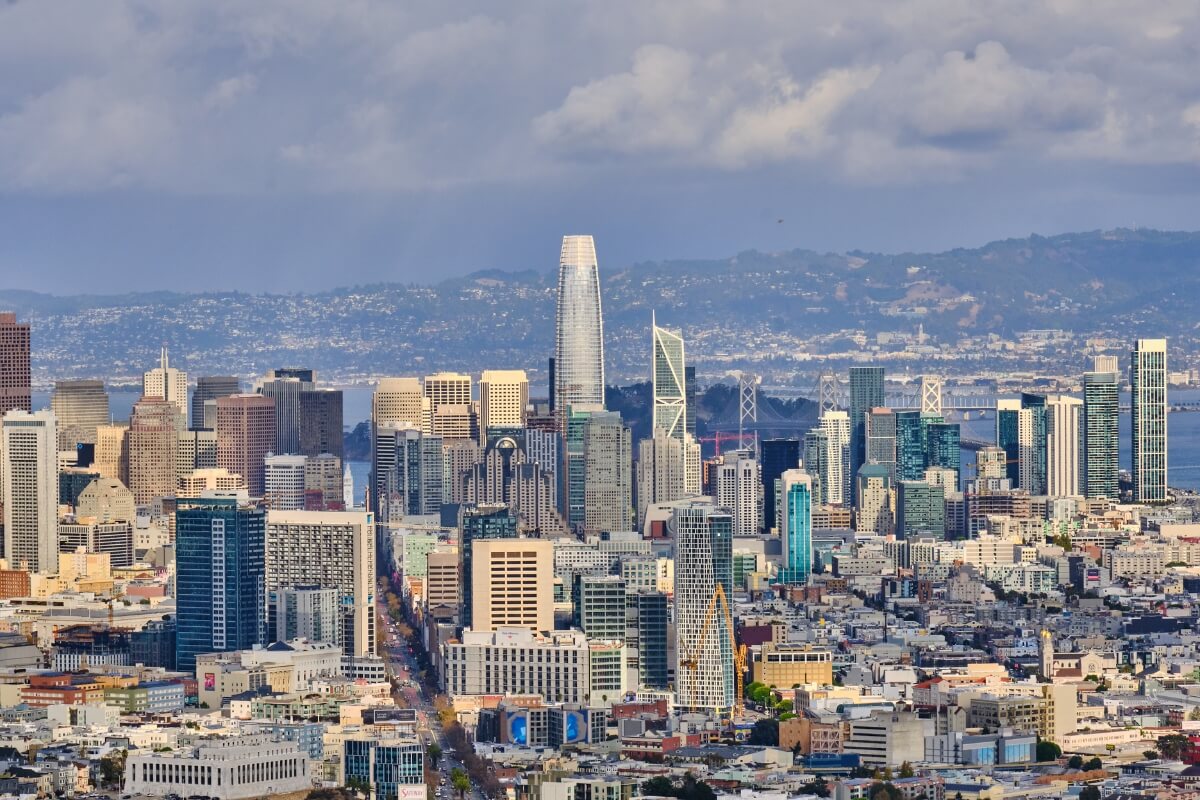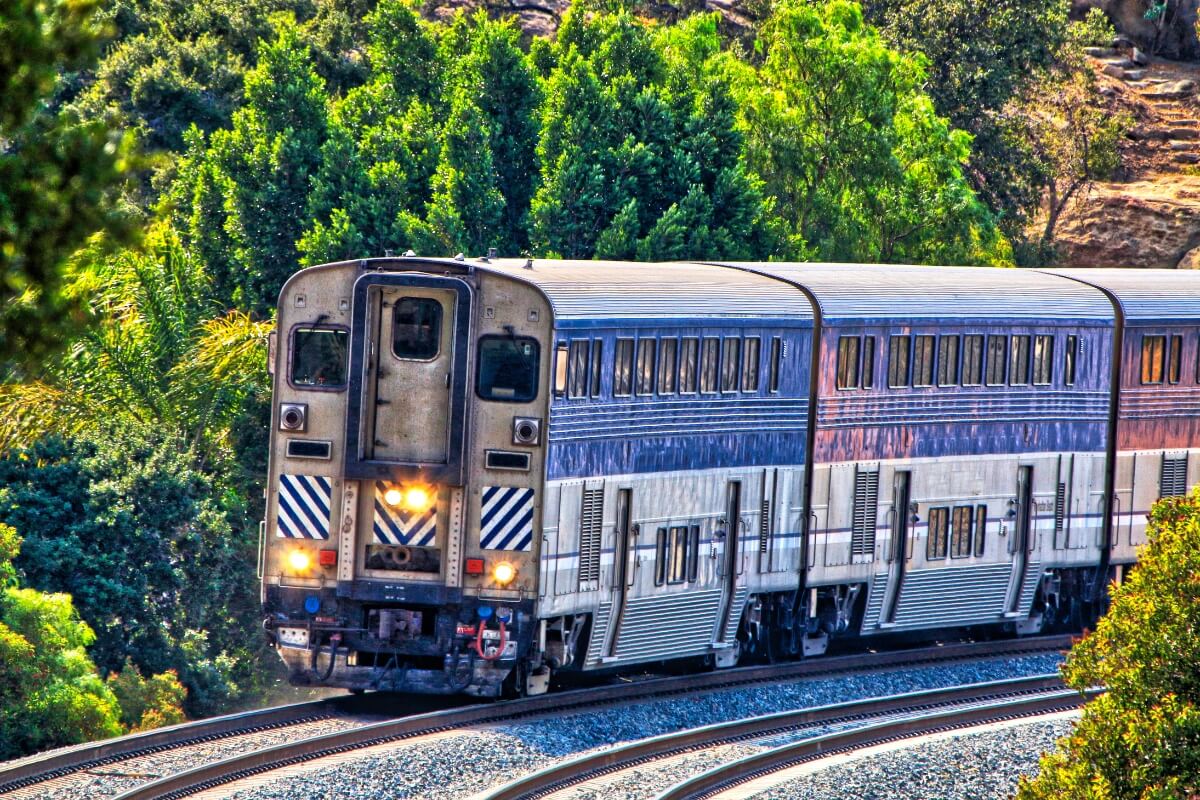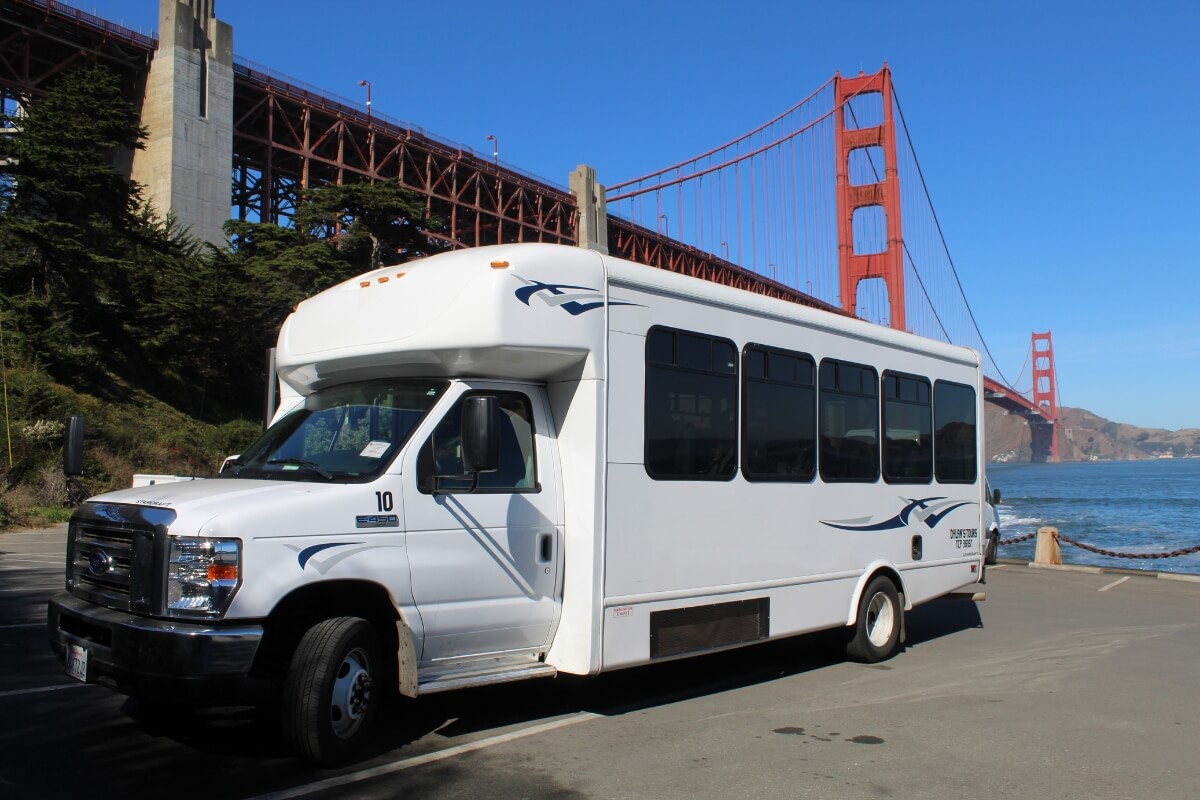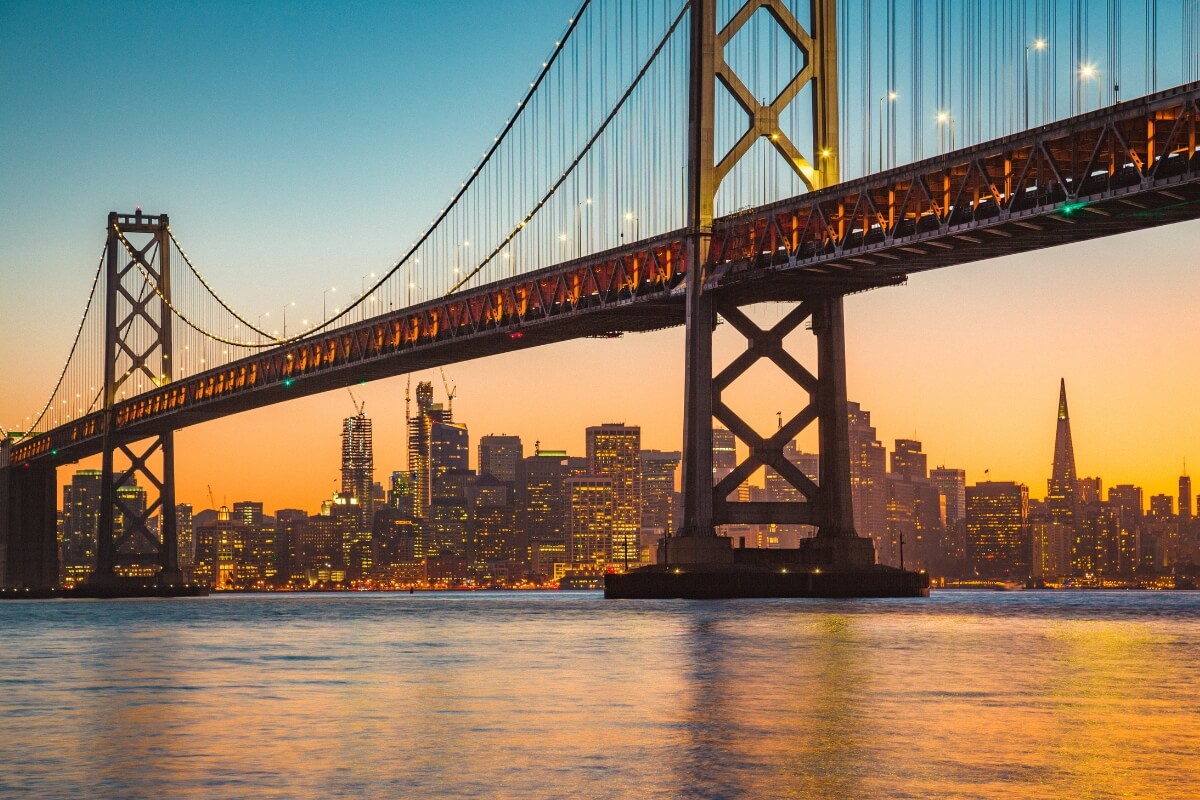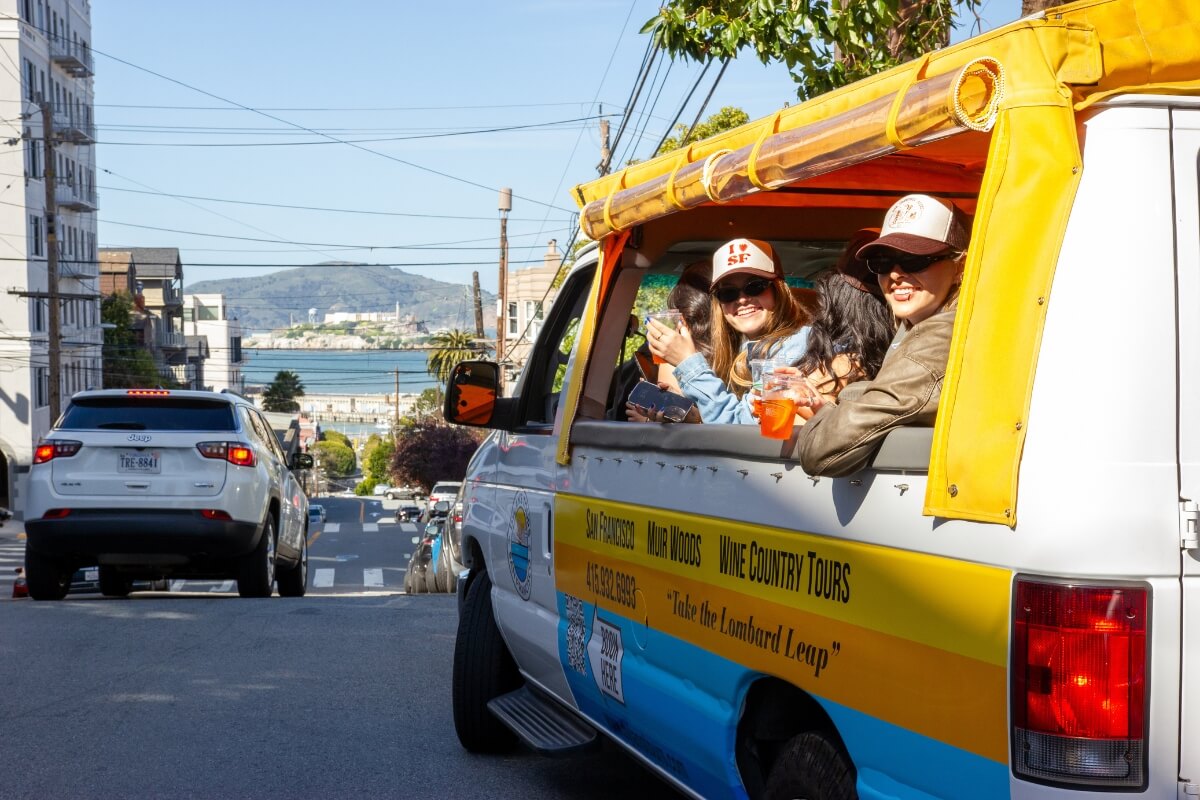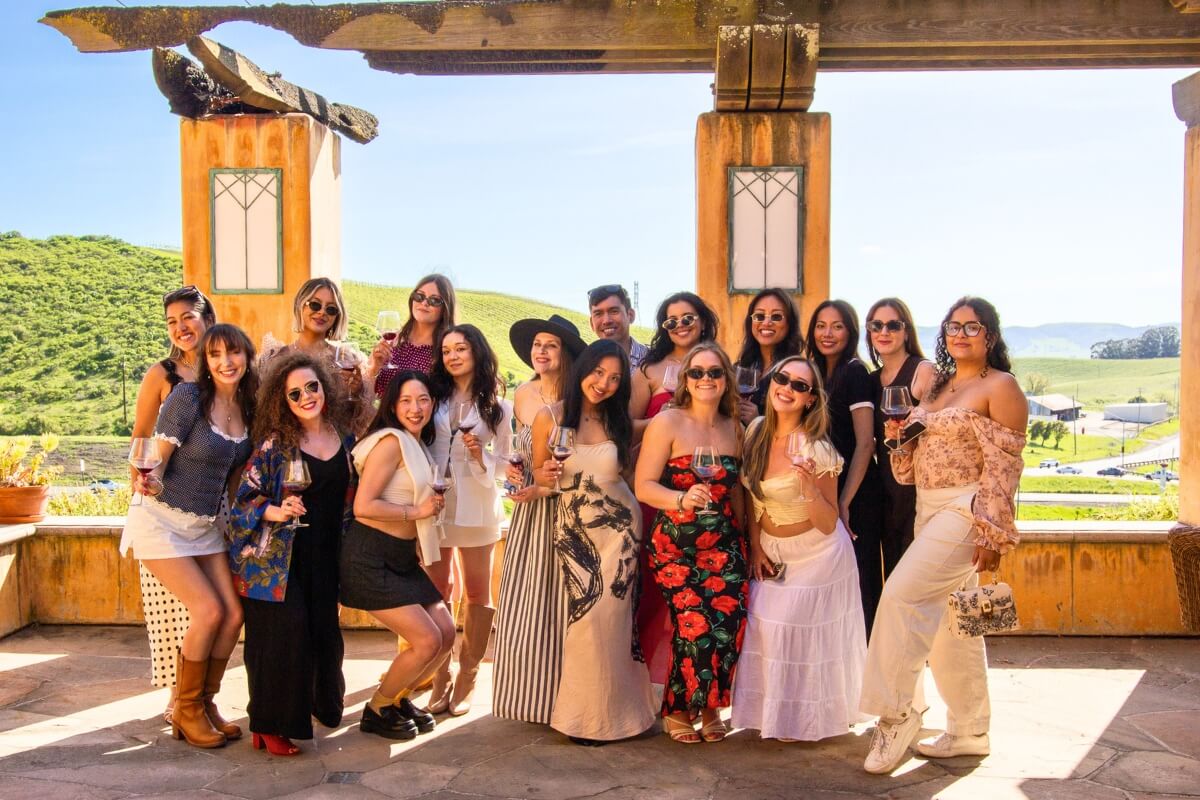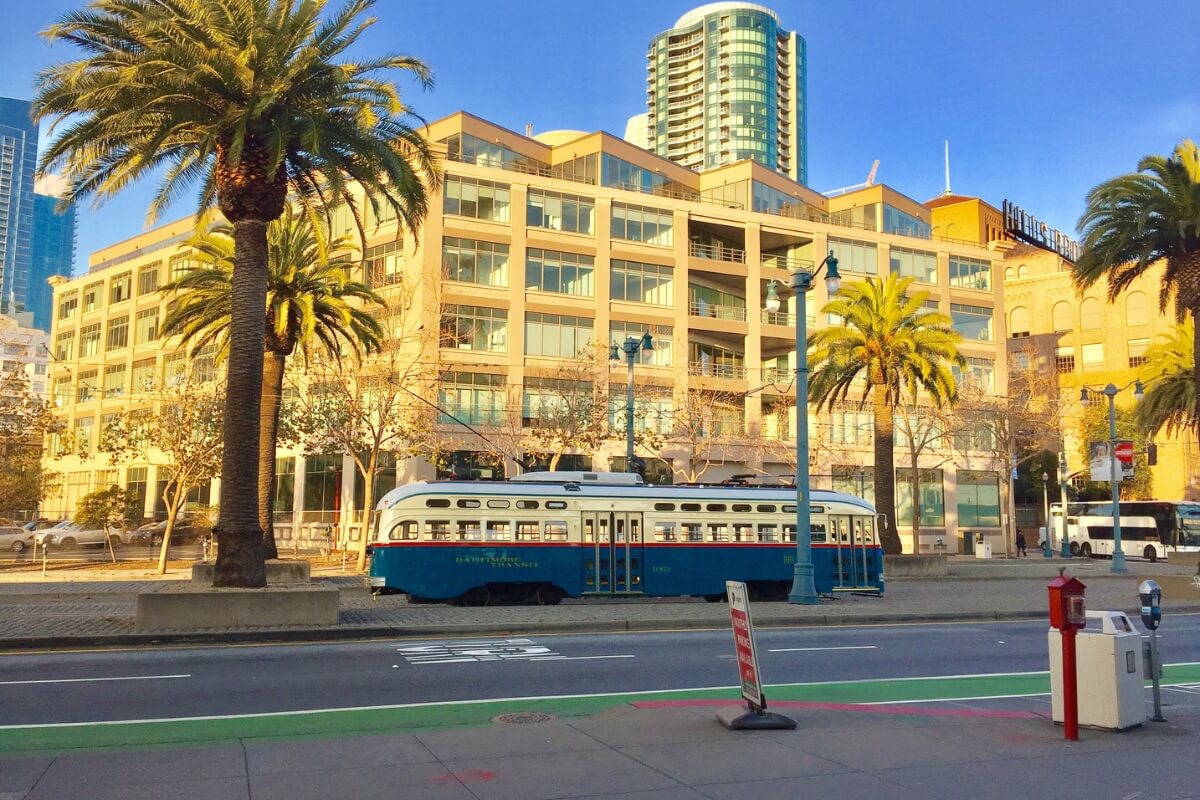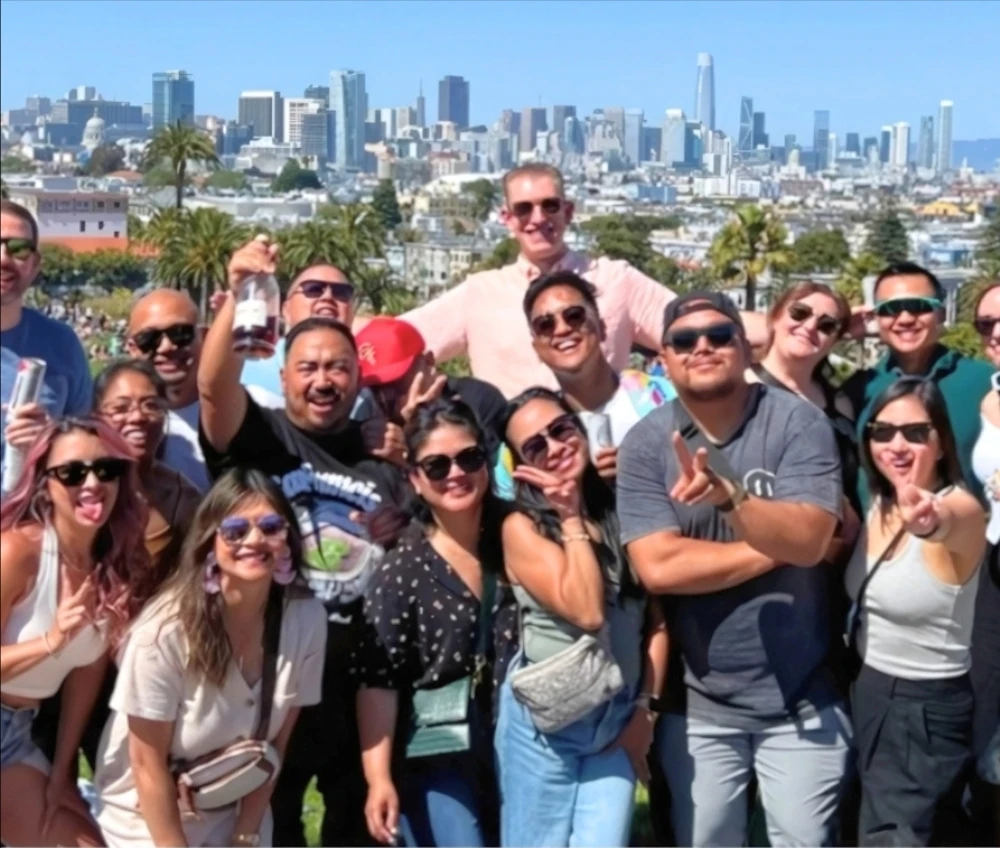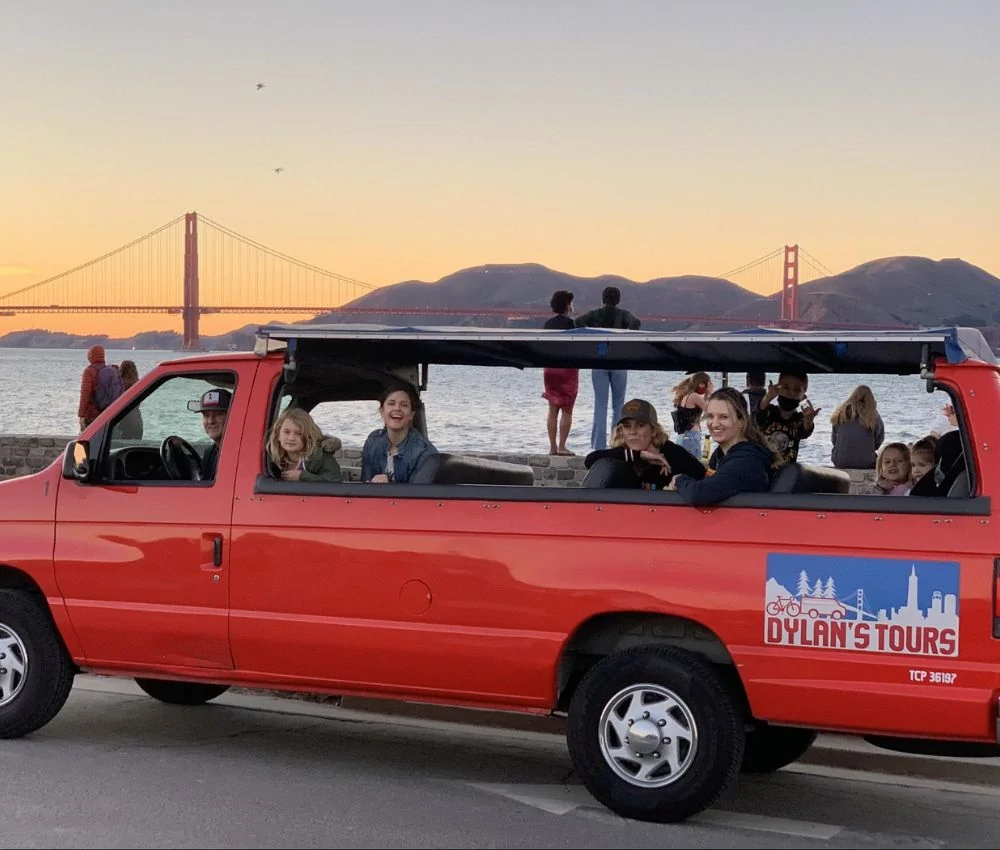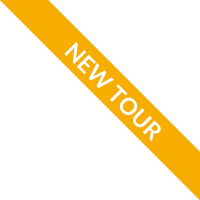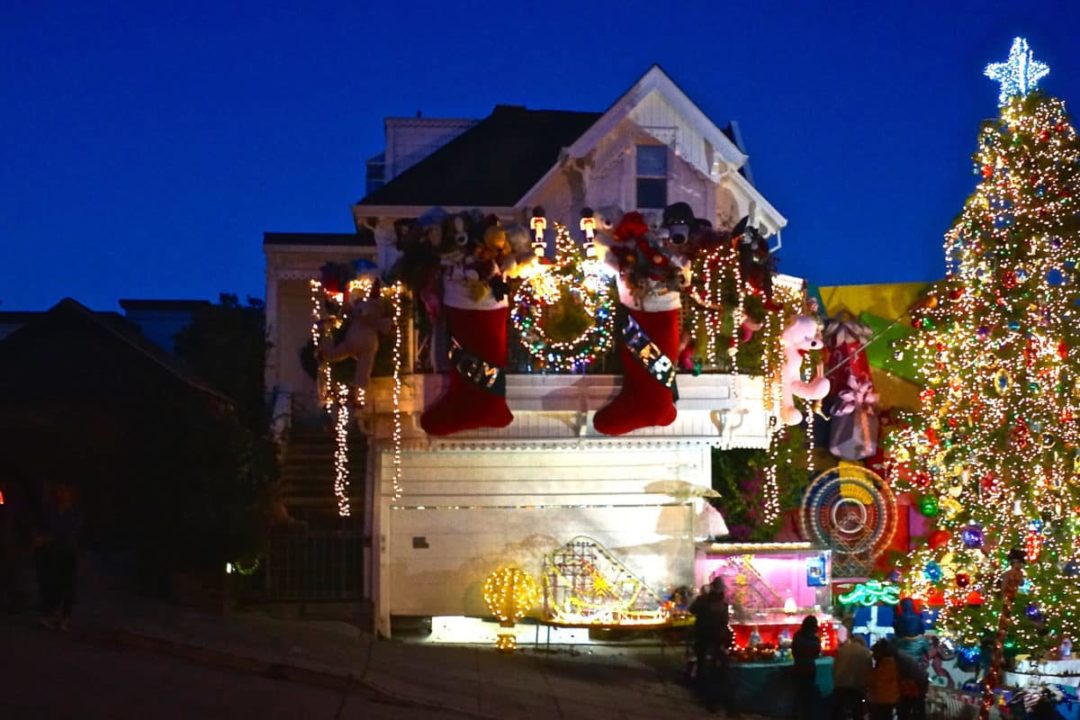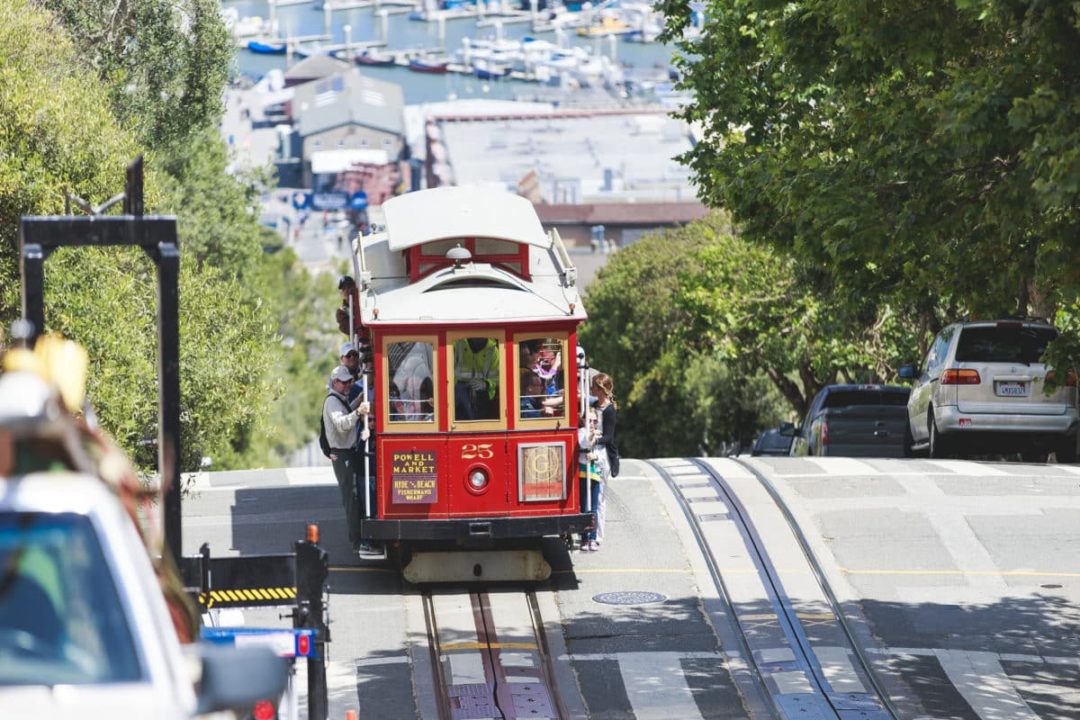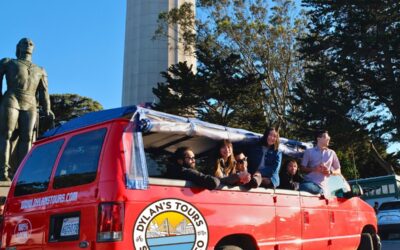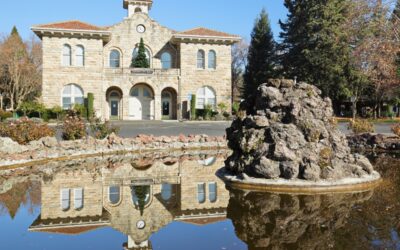San Francisco draws travelers from all over the world—and for good reason. With its sweeping views, world-famous food scene, and mix of history, culture, and coastline, the city feels both instantly familiar and endlessly surprising. But before you start exploring the Golden Gate or sipping coffee in North Beach, there’s one question to figure out: how are you getting to San Francisco?
San Francisco may be a small city geographically, but it’s incredibly well connected. You can arrive by air, rail, road, or even by sea, depending on where you’re coming from and what kind of trip you’re planning. Whether you’re docking for the day on a cruise, flying in for a long weekend, or driving up the coast for a classic California road trip, this guide covers the most practical ways to reach San Francisco—and a few smart tips to help you plan ahead once you do.
In the sections below, we’ll walk through the most common ways to reach San Francisco—by cruise ship, plane, train, car, and bus—so you can hit the ground running with less guesswork and more time for what matters. At the end, we’ll share a local tip that makes exploring the city even easier once you’ve arrived.
How to Get to San Francisco via Cruise Ship
San Francisco is one of the only cruise ports in the U.S. where you can step off the ship and find yourself in the middle of a major city. As you approach the harbor, the ship passes beneath the Golden Gate Bridge, glides past Alcatraz, and docks just blocks from downtown. It’s a remarkably direct way to arrive—and a great head start for anyone hoping to make the most of a limited day on shore.
When cruise ships arrive or depart San Francisco, they usually pass directly beneath the Golden Gate Bridge. If you’re out on deck, it’s one of the most striking moments of the journey—especially if it happens during daylight or just before sunset. The towers rise above you, close enough to take in the details, and the scale of the bridge hits differently when you’re sailing underneath it. For many travelers, it’s a standout moment of the entire cruise.
Most ships arrive at Pier 27 or Pier 35 along the Embarcadero, within easy reach of Fisherman’s Wharf, North Beach, and the Ferry Building. You’re well positioned to start exploring right away—but cruise schedules don’t always allow for wandering. With just a few hours on land, having a plan is essential.
Disembarkation and customs typically take around 45 minutes, and return times are strict. That’s why many cruise guests opt for a tour that’s been built around those constraints. Dylan’s Tours works closely with cruise passengers to offer half-day and full-day options that match real port timelines. Whether you want to explore the city’s neighborhoods, cross the bridge into Sausalito, or see the redwoods at Muir Woods, the routes are designed to help you cover more ground without feeling rushed.
There’s also the logistics to consider. Dylan’s offers complimentary luggage storage at their North Beach shop and pickup near the terminal. Our cruise planning tool makes it easy to select your ship and see which tours fit your available window—no guessing required.
Tip: Check your disembarkation group and timing ahead of your arrival. Once you’re off the ship, expect about 45 minutes before you’re fully cleared to start your day.
Use Our Cruise Ship Filter to Find Your Perfect Tour
How to Get to San Francisco via San Francisco International Airport (SFO)
For most travelers arriving by plane, San Francisco Airport (SFO) is the primary gateway to the city. It’s the largest airport in the Bay Area and one of the busiest on the West Coast, with nonstop flights from across the U.S., Asia, Europe, and Latin America. Located about 13 miles south of downtown, SFO airport is well connected by public transportation, rideshare, and shuttle services, making it easy to go from the airport to downtown San Francisco
The quickest and most budget-friendly option into San Francisco is BART (Bay Area Rapid Transit), the regional rail system. Trains depart directly from the International Terminal every 15–20 minutes and reach downtown in about half an hour. It’s a straightforward ride that drops you close to major hotels and transit connections. Taxis and rideshares are also easy to find, and travel times into the city typically range from 20 to 40 minutes depending on traffic.
While rental cars are available and a viable way to get from SFO downtown, many visitors find they’re not necessary—especially if you plan to stay in or near the city. For those who want to go beyond the usual landmarks, there are better ways to get around. Dylan’s Tours offers experiences that reach far beyond San Francisco’s core, with routes that include Muir Woods, Sausalito, and Wine Country. Whether you’re planning to stay in San Francisco for a few days or just passing through, it’s an easy way to take in the full range of the Bay Area without worrying about parking or driving unfamiliar roads.
How to Get to San Francisco Bay Area via Oakland International Airport (OAK)
Oakland International is a quieter, often quicker alternative to SFO. Located just across the Bay, it serves many of the same domestic routes—with the added benefit of shorter lines, less congestion, and often lower fares. If you’re flying in from Southern California, the Pacific Northwest, or other parts of the western U.S., OAK can be a smart choice to come to the San Francisco Bay area.
Getting into San Francisco from downtown Oakland is relatively straightforward. BART runs directly from the airport via an automated connector that links to the Coliseum station. From there, it’s about a 25-minute ride to downtown San Francisco. If you prefer door-to-door service, rideshares and taxis are available outside the terminal, with drive times averaging 35–45 minutes depending on traffic and time of day.
Take the Train to Visit San Francisco (Amtrak)
While San Francisco doesn’t have its own Amtrak station, rail travelers can still reach the city via nearby stops in the East Bay. Most long-distance routes—including the Coast Starlight, California Zephyr, and San Joaquins—arrive at Emeryville or Oakland stations, with a connecting Amtrak Thruway bus that brings passengers across the Bay Bridge into downtown San Francisco. This is an excellent option if you’re visiting San Francisco without a car!
The bus typically drops off near the Salesforce Transit Center, putting you close to public transit, hotels, and walkable neighborhoods. It’s a smooth transition, and a practical option to get around for those coming from Southern California, the Central Valley, or out of state.
Since Amtrak travelers often arrive without a car, many look for ways to explore that don’t require figuring out city transit or steep hills on foot. Dylan’s Tours offers pickup locations near major transit hubs, making it easy to see more of the city—and beyond—without having to navigate on your own.
Driving to San Francisco
If you’re arriving from other parts of California or the western U.S., driving into San Francisco is straightforward for transportation options. Highway 101 runs up the coast and crosses the Golden Gate Bridge from the north, while I-80 and the Bay Bridge bring drivers in from the east. The approach into the city offers some of the most recognizable views in the Bay Area, especially as you descend into downtown from the bridge or pass through neighborhoods like the Marina or SoMa.
That said, driving within San Francisco is another story, and you may not want to rent a car. The city is known for its steep hills, narrow one-way streets, and dense traffic—especially during rush hour or major events. Parking can be expensive and limited, particularly in older neighborhoods that weren’t designed with cars in mind.
For many travelers, the best option is to drive into the city, find secure parking (either through a hotel or a public garage), and leave the car behind while exploring. The city is compact and well-connected by transit, rideshare, and walking paths, so it’s easy to get around without being behind the wheel. Plus, with Dylan’s Tours, you won’t need to even consider driving to see the best of San Francisco, Wine Country, Muir Woods, Sausalito, and more!
Tip: If you’re planning to drive in, check ahead for parking availability near your accommodations. Some garages offer multi-day rates, and certain hotels provide discounted or included parking, which can save both time and stress.
San Francisco Without a Car: Arriving via Bus or Coach
Several intercity bus services connect San Francisco to cities throughout California and the western U.S., making it a convenient option for budget-conscious travelers or those without access to a car looking for a low-cost option to arrive at the city center. Companies like Greyhound, FlixBus, and Megabus operate regular routes into the city, with drop-offs typically near the Salesforce Transit Center or other central locations in SoMa.
The Transbay Terminal is the main hub for long-distance and regional bus arrivals. From there, it’s easy to access BART stations, Muni buses, or light rail lines that can take you into nearly every corner of the city. Rideshares are also readily available, and if you’re staying downtown, many hotels are within short walking distance.
Tour coaches and charter buses often use designated loading zones near popular areas like Fisherman’s Wharf, Civic Center, or the Marina. These are common for larger groups or organized tours and may have specific arrival procedures depending on the provider.
Bus travel is often the most affordable way to get into San Francisco, especially from cities like Sacramento, Los Angeles, or Reno. It’s slower than flying or driving, but it’s straightforward—and for some, the simplicity of hopping on and off without worrying about fuel, tolls, or traffic is part of the appeal.
What to Do Once You’re in San Francisco
No matter how you arrive, once you’re here, it’s worth planning how you want to see the city—and what’s just beyond it. San Francisco rewards curiosity, but it’s also easy to miss key highlights if you don’t know how to navigate its hills, neighborhoods, and traffic patterns. These experiences offer a structured way to explore more of the region, with less effort.
Dylan’s Famous Tour with Muir Woods
This small-group experience combines the best of San Francisco with a visit to Muir Woods National Monument. It’s an efficient, thoughtfully paced tour that gives you a full sense of the city’s character—from the Victorian homes of Alamo Square to the cliffs of Lands End—plus the quiet, towering redwoods just across the Golden Gate Bridge. For many travelers, this combination ends up being the perfect introduction to the Bay Area.
Private Open-Air City Tour
If you’re looking for something more flexible, the private city tour offers a chance to shape the day around your group’s pace and interests. Conducted in a custom open-air vehicle, it’s a relaxed way to see more of the city without dealing with traffic or parking. You can focus on history, architecture, neighborhoods, or all of the above—and build in time for food, photos, or extra stops along the way.
Lombard Leap
Walking Lombard Street is one thing. Driving down it is another. The Lombard Leap is a fun, add-on experience available on any Dylan’s city tour. Instead of watching from the curb, you’ll actually descend the famously crooked block by vehicle, complete with twists, turns, and a front-row view of one of San Francisco’s quirkiest traditions.
Wine Country
Just north of the city, Sonoma and Napa offer a completely different atmosphere—rolling vineyards, quiet backroads, and a slower pace. Day tours to Wine Country are an easy way to explore without needing to coordinate tastings, meals, or transportation. Whether you’re a serious wine enthusiast or just curious to see the landscape, it’s a fitting way to extend your time in Northern California.
Where to Stay in San Francisco
From the historic charm of Nob Hill to the waterfront views of the Embarcadero, each San Francisco neighborhood has its own vibe. Fisherman’s Wharf is great for families, while the Marina is better for couples looking for nightlife. This article breaks down each neighborhood to help you find the perfect place to stay.
FAQs About San Francisco Transportation
Does Amtrak go directly to San Francisco?
No, Amtrak does not go directly into San Francisco. Most routes stop in Emeryville or Oakland, with a bus connection across the Bay.
How much is an Uber from SFO to San Francisco?
Uber fares from SFO to central San Francisco typically range from $35 to $60, depending on traffic and time of day.
How to travel to San Francisco without a car?
You can reach San Francisco by train (Amtrak with a transfer), regional buses, or by flying into SFO and using public transit like BART.
Does BART go to San Francisco Airport?
Yes, BART connects directly to San Francisco International Airport via the Yellow Line.
How to get to San Francisco from Los Angeles?
Options include flying (about 1.5 hours), driving (6–7 hours), taking Amtrak (via Emeryville), or using a bus service like Greyhound or FlixBus.
How do I get to San Francisco from San Jose?
You can take Caltrain, drive (roughly 1 hour), or use a rideshare or shuttle service.
Final Thoughts on Visiting San Francisco
There’s no one right way to get to San Francisco. Whether you’re sailing under the Golden Gate, flying in from across the country, or road-tripping up the coast, how you arrive shapes the start of your experience. Follow this guide and you’ll get to San Francisco without worry. Once you’re here, it’s worth thinking just as carefully about how you explore. A thoughtful approach—whether it’s a half-day tour, a drive through Wine Country, or time spent under the redwoods—can turn your arrival into something more than just a starting point.
